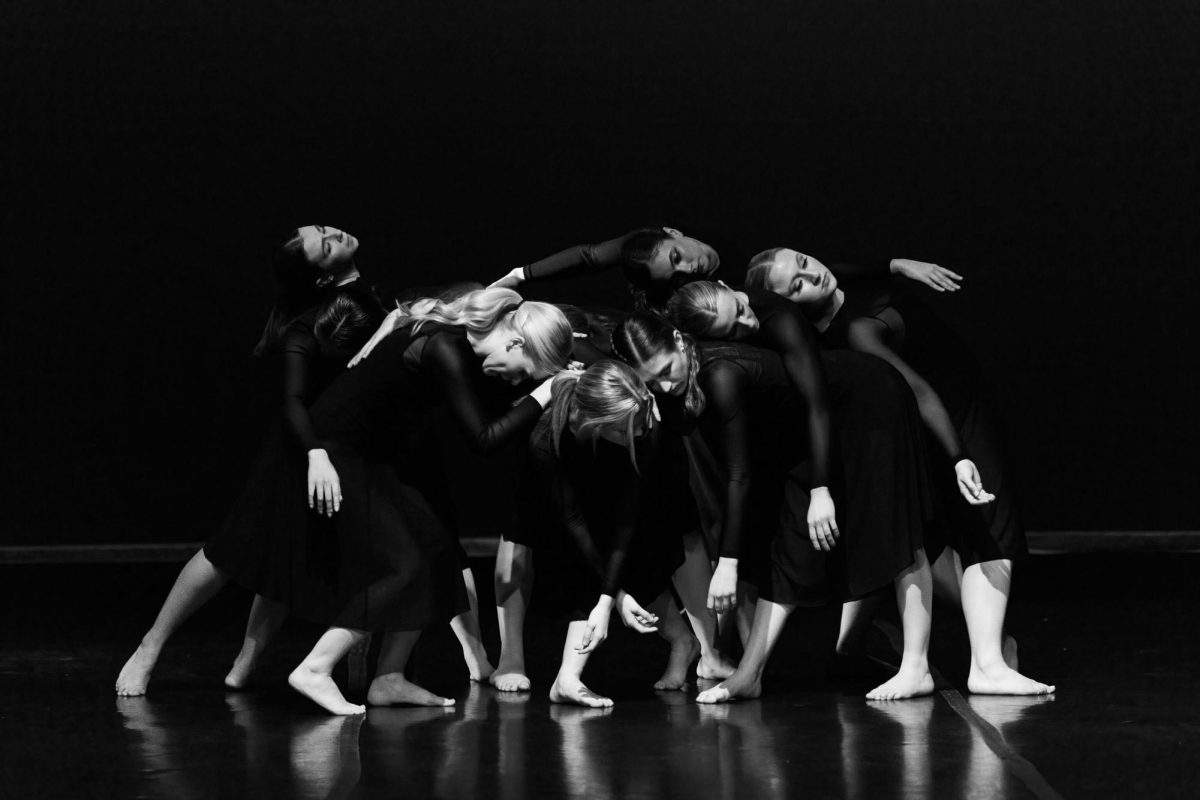A new era of epics hit the movies thanks to “Rings”
March 3, 2004
In an era of mag-lev trains and stem cell research, there’s nothing like three hours of… In an era of mag-lev trains and stem cell research, there’s nothing like three hours of pre-firearm epic battles for a bit of eye-popping escapism. Grand-scale “sword-and-sandal” hero tales dazzled audiences of the ’50s and ’60s and continue to do so today. There’s still that jolt of excitement when Charlton Heston places first in the famous chariot race of “Ben-Hur” (1959), or when Kirk Douglas leads a rebellion of Roman slaves in “Spartacus” (1960).
After a grueling dry spell, epics in all their sword-wielding glory are returning. As computer generated imagery pushes closer to realism, the limitations the medium had in its early stages are disappearing. Ridley Scott’s “Gladiator” (2000) reconstructed the Colosseum digitally. Granted, the set didn’t fool anyone, but it would only be a matter of time before the computer caught up with the human eye.
Although Peter Jackson’s “Lord of the Rings” trilogy has been completed, its contribution to digital effects and the epic film lingers. WETA Digital is a New Zealand-based studio, heavily involved in bringing the larger-than-life elements of the trilogy to life. WETA developed programs to expand the boundaries of CGI capabilities.
WETA’s software allowed designers to create individual men or orcs, equip them with a library of combat moves, and compel each to seek out and fight an enemy. (Clearly, someone has perused the special features of her “Lord of the Rings” DVDs.) With the components of artificial intelligence and randomized appearance of each soldier, the massive armies clashed on the fields of Middle Earth without a detectable pattern. The bar for battle scenes was raised, and future filmmakers will have to supply us with bigger and better.
Moving into 2004, the showdown is about to begin. Ancient epics are on the rise once again, delivering classic tales of tremendous conflict with the help of ultra-modern technology.
The season kicks off in May with “Troy,” a retelling of beautiful Helen’s abduction by Paris and the 10 years of war fought to get her back. Directed by Wolfgang Petersen (“The Perfect Storm”), “Troy” employs an all-star cast, including Brad Pitt (Achilles), Orlando Bloom (Paris) and Peter O’Toole (King Priam).
Those of us that made it through “Iliad’s” “catalogue of the armies” know the enormity of the forces Agamemnon mobilized to recover Helen from her abductors. With a budget in the vicinity of $180 million, “Troy” promises to take a cue from Homer and unleash the full might of the Achaean troops. “Troy” tinkers with Homer’s epic. For example, Patroclus has been demoted from Achilles’s beloved friend to his cousin, but the prospect of capturing the scale and magnificence of the Trojan War is looking good.
Two months after the release of “Troy,” the legendary King Arthur returns, demystified, to the big screen. “King Arthur,” directed by Antoine Fuqua (“Training Day”), centers upon the conflicts and political turmoil of the British Isles after the collapse of the Roman Empire. Previous portrayals of King Arthur, such as “Excalibur” and a slew of crappy made-for-TV movies, preserved the heavy magical elements of the tales. Fuqua’s film, however, features a spell-free Merlin and not one sword-holding stone. But magic or no magic, let’s hear it for gritty battles and a band of glorified knights.
November brings us back to the 4th century B.C. and the conquests of Alexander the Great. Director Oliver Stone had wanted to make “Alexander” for more than six years; let’s hope the wait was worth it. Starring Colin Farrell as Alexander, Stone’s latest features colossal battles plus a spark of controversy. The Macedonian conqueror was bisexual, a historical point Stone is not ignoring. Although Alexander was married, Hephaestion (Jared Leto) plays a part in the film’s love story.
Thanks to big budgets and the wonderful world of CGI, the outcome of the epic explosion looks more than promising. For those of us who like swords, and lots of them, 2004 will be a year to remember.


